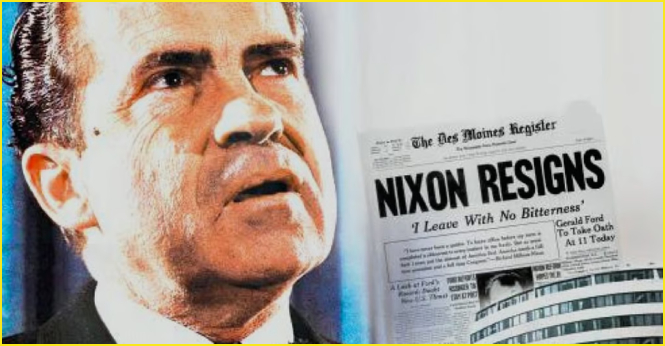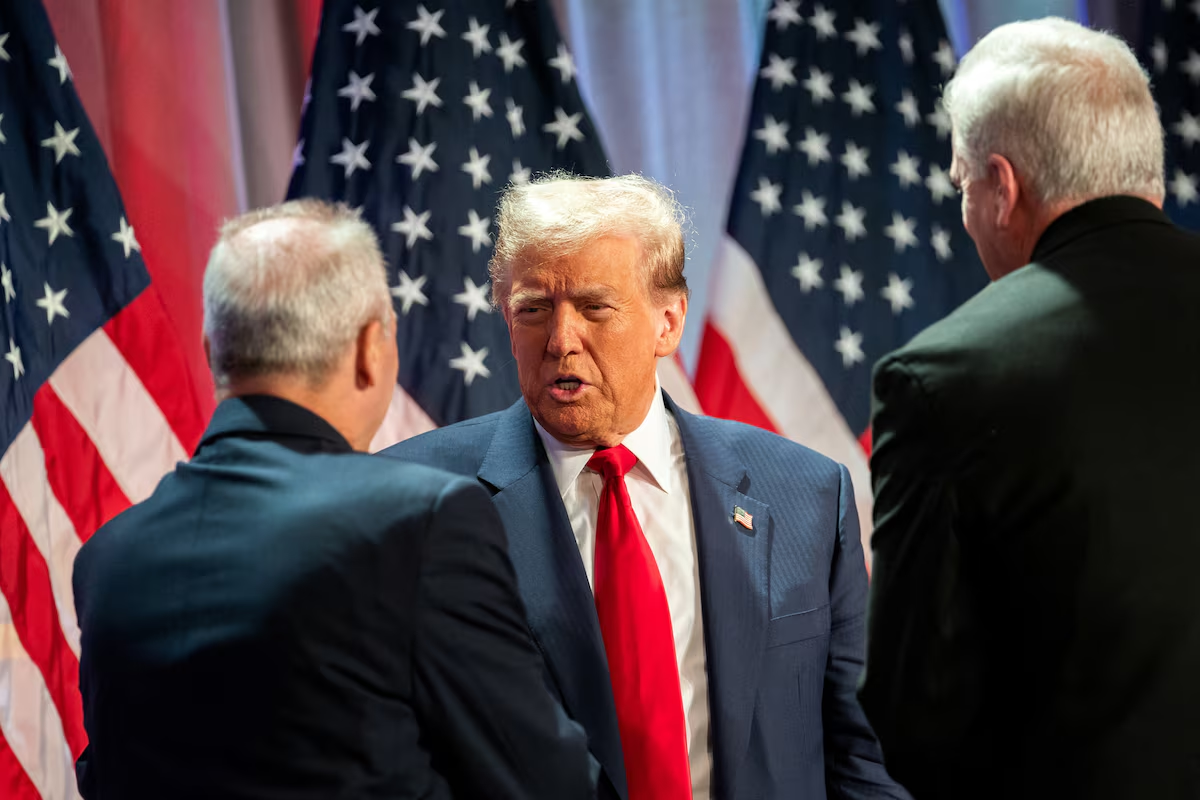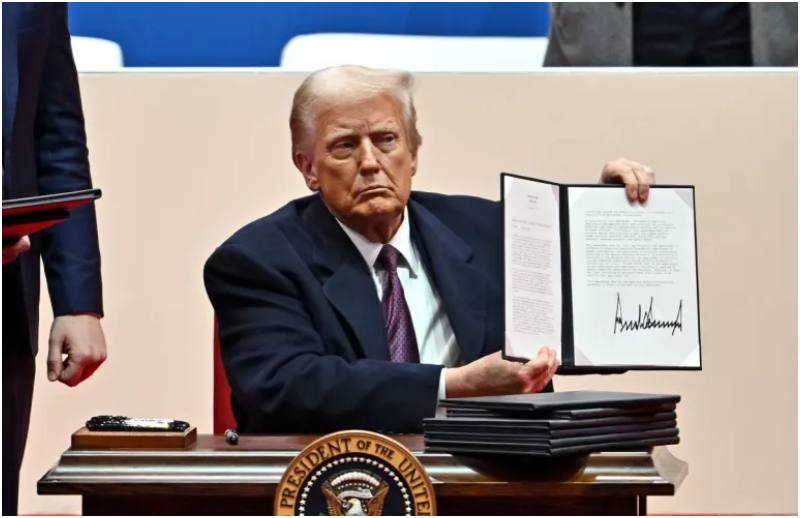The American presidency, though steeped in power and symbolism, is not immune from the reach of the law.
While political accountability plays a dominant role in disciplining presidents, the justice system has at times been forced to confront serious misconduct at the highest level of the executive branch.
A review of history provides cautionary tales—and legal precedent—for the current moment as President Donald Trump, now in his second term, faces mounting legal scrutiny over sweeping executive actions that are reshaping the American education and economic landscape and beyond.
The Nixon Era: A Legal System Tested
Perhaps the most iconic example of presidential overreach is President Richard Nixon, whose involvement in the Watergate scandal tested the nation’s constitutional fabric. In 1974, after it was revealed that Nixon had directed a cover-up of the break-in at the Democratic National Committee headquarters, the House Judiciary Committee passed three articles of impeachment against him: obstruction of justice, abuse of power, and contempt of Congress.

Though Nixon resigned before facing a Senate trial, his case left a lasting legacy on legal and constitutional norms. The U.S. v. Nixon Supreme Court decision of 1974 rejected his claims of executive privilege and forced the release of Oval Office tapes, solidifying the principle that no one, not even the president, is above the law.
Despite Nixon’s resignation, his successor President Gerald Ford’s pardon insulated him from criminal prosecution, a move still debated by constitutional scholars today.
Bill Clinton: Perjury and Political Peril

More than two decades later, President Bill Clinton faced legal trouble for lying under oath and obstructing justice during an investigation into his relationship with White House intern Monica Lewinsky.
Impeached by the House but acquitted by the Senate, Clinton nonetheless faced a five-year suspension of his Arkansas law license and a $25,000 fine. Clinton’s case demonstrated how civil and criminal exposure can follow a sitting president, especially when misleading under oath.
The Trump Presidency: New Precedents, Old Questions
Fast forward to President Donald Trump, whose second term has begun with dramatic executive overreach that has unsettled legal observers and civil rights advocates alike. In just the first 85 days of his current administration, Trump has pursued an aggressive campaign against higher education:
- Efforts to dismantle diversity, equity, and inclusion (DEI) programs nationwide
- Visa cancellations and deportations of hundreds of international students
- A push to eliminate the Department of Education
- Proposals to restructure the student loan system, with reduced consumer protections

These actions are largely inspired by Project 2025, a policy blueprint drafted by conservative think tanks that envisions a wholesale rollback of liberal and progressive educational reforms. His administration has been hit with at least 130 lawsuits.
But the legal ramifications could be significant. Criminal referrals against Trump have already emerged related to alleged abuse of power, such as threatening universities with loss of funding unless they comply with ideological directives. Legal experts warn that such coercive practices may run afoul of First Amendment protections and anti-discrimination laws, especially if they appear to target academic freedom or specific communities.
There is also increasing concern about Trump’s weaponization of federal agencies against political adversaries, including university administrators, state officials, and judges. The firing of civil servants, proposed closures of federal departments, and immigration enforcement actions against dissenters have led some to question whether Trump’s administration is engaging in retaliatory governance, which could be subject to both civil litigation and criminal investigation once he leaves office.
Looking Ahead: Legal Reckoning or Political Shield?
Will the justice system confront Trump as it did Nixon? Much depends on the political makeup of Congress, the independence of federal prosecutors, and the willingness of courts to assert their authority. But if the Watergate saga taught us anything, it is that the wheels of justice can turn slowly, but they do turn.
There is also a growing call among legal scholars to establish clearer constitutional guardrails for presidential conduct, especially as Trump tests the outer limits of executive authority.
As Trump charts a path toward radical transformation of federal education policy, and continues to attack long-standing democratic institutions, the legal community is bracing for a potential reckoning. Whether that comes in the form of indictments, lawsuits, or congressional investigations, the story of how the justice system holds presidents accountable is still being written—and this chapter promises to be historic.

